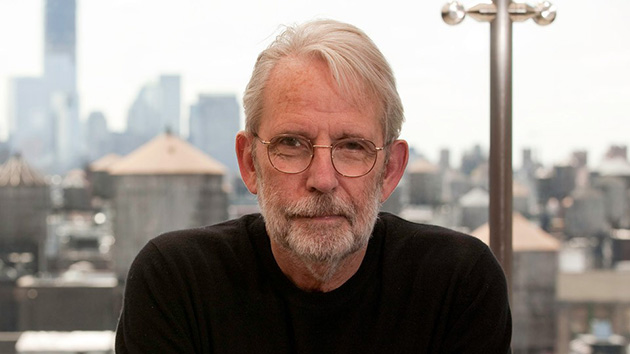The VIEW Conference, taking place this week in Turin, Italy, has added film editor and sound designer Walter Murch to its line-up of keynoters.
Murch will be presenting "From Godfather to God Particle and Beyond" at 12:15 p.m. on Friday, October 23. The subject of his presentation will be how new digital technology is changing — and not changing — the nature of film grammar.
Murch, whose work on films including The Conversation, Apocalypse Now, and The English Patient is legendary, is also well-known as a practical film theorist. His slim book In the Blink of an Eye is a classic consideration of the art of film editing, and The Conversations: Walter Murch and the Art of Editing Film recounts discussions he had with novelist Michael Ondaatje on the set of The English Patient about the same subject.
He has been closely associated with changing technologies in Hollywood, first, as he advanced the use of directional surround effects in the early days of 5.1-channel sound mixing (Apocalypse Now remains a master class in sound design) and later when he tweaked Avid, the king of Hollywood NLEs, by cutting Cold Mountain with Final Cut Pro 4 running on Power Mac G4 systems.
Murch has two Oscars for sound and a third for film editing, and he has been nominated for six more. His recent credits include Tomorrowland, the documentary Particle Fever, and the HBO TV movie Hemingway & Gellhorn.
In a May, 2000, interview with fellow editor Anne V. Coates originally published at the now-defunct Editorsnet, Murch said changes in editorial style seemed to be more dependent on the people involved, rather than the technology. "After I cut The English Patient, which is the first full film that I cut digitally, I was curious to go back and look at something that I cut 20 years earlier, Julia or The Conversation," he said. "But they looked the same to me. So I think it's more dependent on the people…. I think there is a period whenever new technology comes in that you get drunk with the potential of it and you oversue it. Look at when the zoom lens came into wide use in the '60s. There was all this fast zooming. None of that is left. Yet all films are shot with zoom lenses for the most part."
Did you enjoy this article? Sign up to receive the StudioDaily Fix eletter containing the latest stories, including news, videos, interviews, reviews and more.










